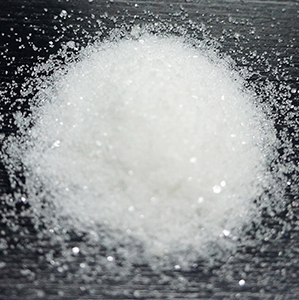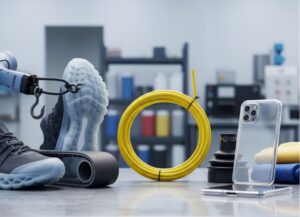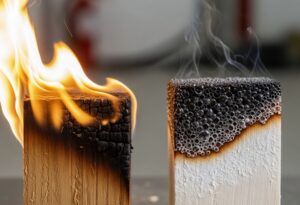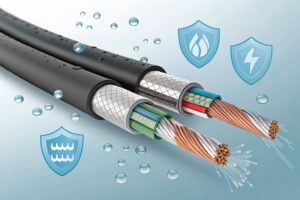PET back film——the components of solar cells
Photovoltaic cells are an important component that converts solar energy into electrical energy. It is mainly composed of tempered glass, crystalline silicon cells, EVA film, back film, aluminum frame, junction box and other components. Among them, the back film is an important material for photovoltaic cell module packaging, which protects and supports the cells. It requires excellent weather resistance (humid heat resistance, UV resistance), electrical insulation, water vapor barrier, and dimensional stability, etc. performance.

PET is an indispensable component in the photovoltaic back film. Because the back sheet is under the battery, the ultraviolet radiation is relatively weak. In addition, for the fluorine-containing back film, it can effectively block the ultraviolet radiation. So the PET film is mainly play the role of water vapor barrier and electrical insulation.
However, PET is prone to degradation in hot and humid environments, leading to delamination, cracking, bubbles, and yellowing, which ultimately reduces the output power and service life of photovoltaic cells. Therefore, the improvement of the heat and humidity performance of PET plays a key role in the quality of the back film.
Causes of PET aging
The hygrothermal aging process of PET is mainly the process of hydrolysis of PET molecular chains and corresponding changes in aggregation state under wet and heat conditions. The ester bond on the PET main chain is the gene that causes hygrothermal aging of polyester. When moisture is present, the active carboxyl group at the 2 end of the PET molecular chain will induce and accelerate the hydrolysis process of the ester bond, and the increase in temperature will further accelerate the process.
At the initial stage of hygrothermal aging, water adsorbs on the surface of PET and slowly penetrates. As time goes by, the water etches and solvates PET. The crystallinity of PET gradually increases, and the surface micropores and cracks increase. At the same time, PET The ester bond in the molecular chain is attacked by water molecules and breaks, forming PET with a shorter molecular chain. Under the action of water growth rate, the crystallinity further increases, the brittleness of PET increases, and the penetration of water into the PET accelerates.
The above process is repeated continuously, and finally the PET loses its original mechanical properties and water vapor barrier properties. The increase in temperature, on the one hand, accelerates the crystallization of PET, thereby increasing its degree of cracking; on the other hand, it also increases the activity of the terminal carboxyl group and accelerates the occurrence of the hydrolysis reaction.
PET hydrolysis resistance additives-methods to improve the heat and humidity resistance of PET
According to the hygrothermal aging mechanism of polyester, the ester bond and terminal carboxyl group in the PET molecular chain are the key factors in hydrolysis. Therefore, there are two main ways to improve the damp and heat resistance of PET. One is to reduce the content of ester bonds; the other is to reduce the content of terminal carboxyl groups.
- to reduce the content of ester bonds
The first route is to add a third component during the polyester polymerization process to reduce the content of ester bonds in the molecular chain and introduce chemical bonds or substances with higher hydrolysis resistance. The disadvantage of this method is that the addition of the third component will affect the physical and mechanical properties and processing properties of the polyester to a certain extent.
- to reduce the content of terminal carboxyl groups
Therefore, the current mainstream method for improving the hydrolysis resistance of polyesters is to introduce active groups to react with the terminal carboxyl groups in the polyester to form stable groups, thereby improving the hydrolysis resistance of the polyester. Generally, epoxy compounds or carbodiimide compounds can be added.
HyMax 1010 PET hydrolysis resistant additive
HyMax 1010 PET hydrolysis resistant additive can react with carboxylic acids produced by PET decomposition to produce stable urea-based compounds with no side effects. It can slow down the process of PET hydrolysis, prolong the service life of PET materials, and solve the problem of comprehensive performance degradation caused by polyester material hydrolysis.







